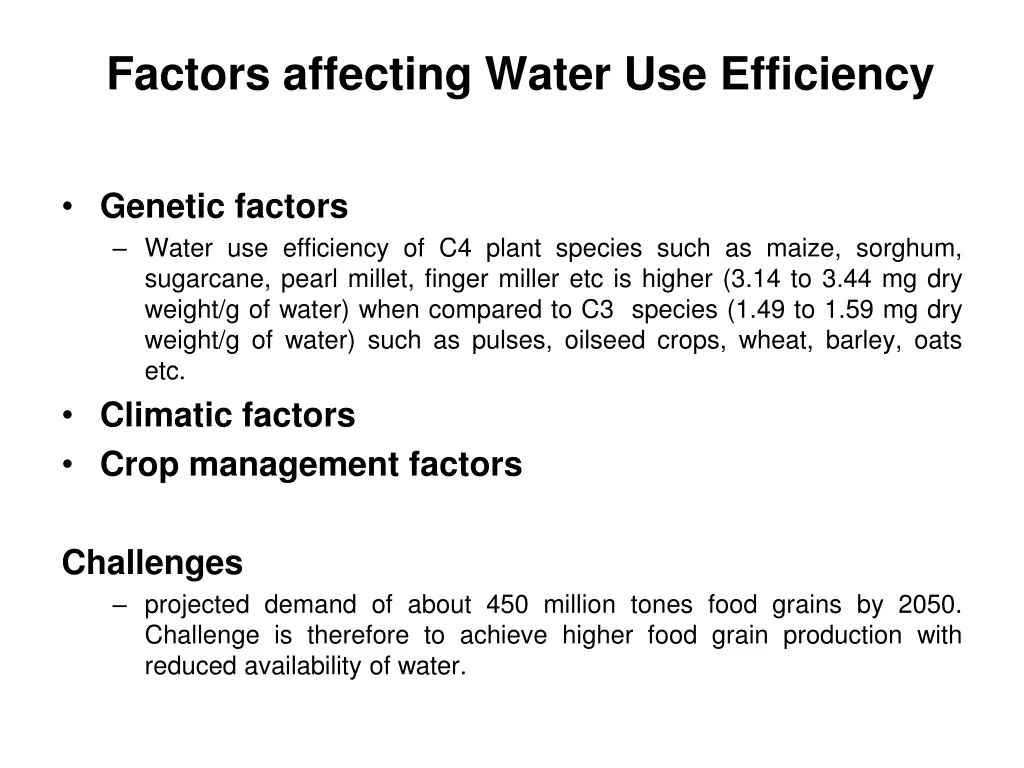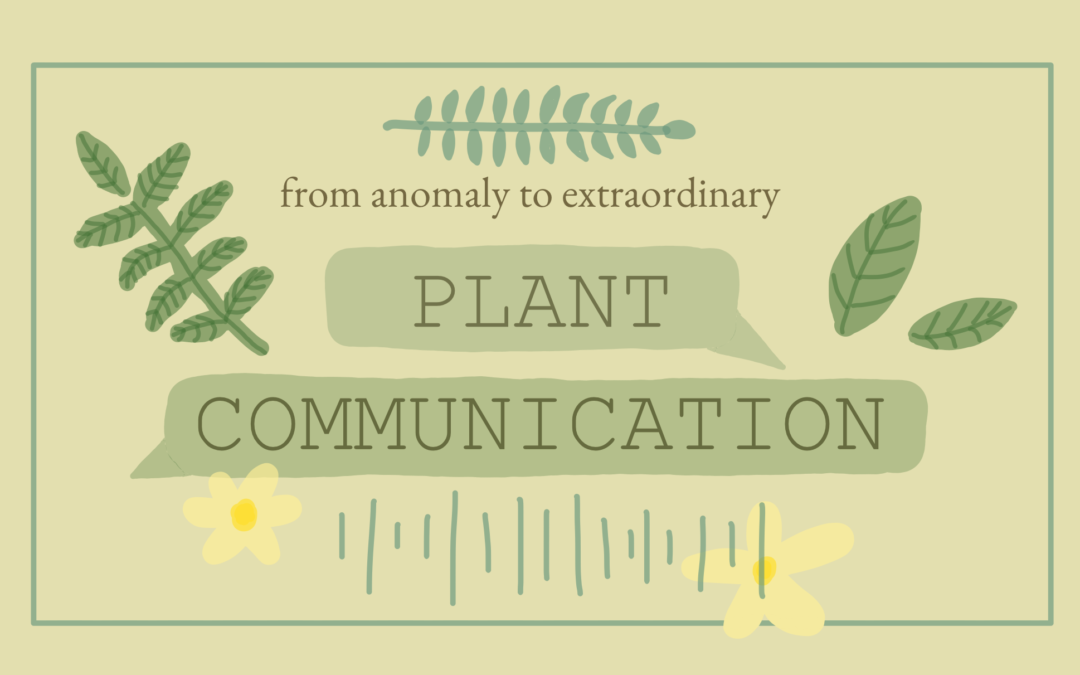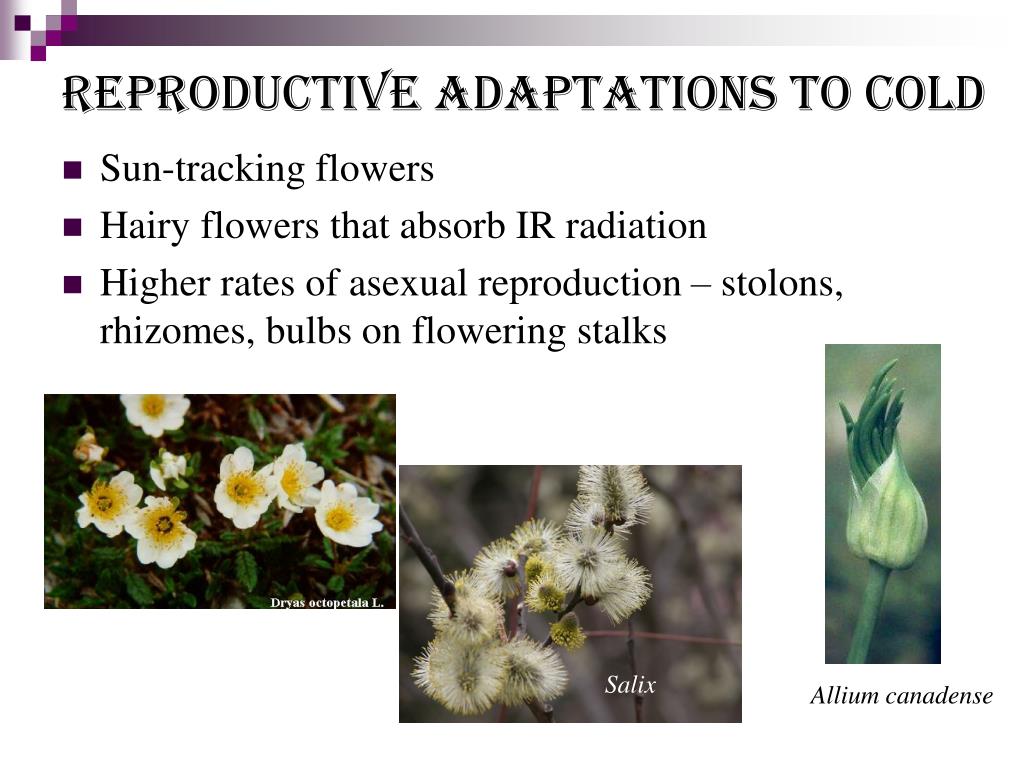Unveiling the Secret Life of Plants: A Deep Dive into Microbial Interactions
Plants, those silent sentinels of the natural world, often appear as solitary organisms, rooted firmly in place. We see them swaying gently in the breeze, basking in the sunlight, and providing us with sustenance and beauty. But beneath the surface, an intricate and vibrant world teems with life – a world of microbial interactions that profoundly shape the health, growth, and survival of every plant. This hidden realm, often overlooked, is the key to understanding the true complexity of the plant kingdom. This article delves into the fascinating world of plant microbial interactions, exploring the various players, the intricate relationships, and the profound implications for plant health and the environment.
The Microbial Universe: A World Within a World
Imagine a bustling city, teeming with diverse inhabitants, each playing a crucial role in the overall functioning of the community. This is, in essence, what the rhizosphere, the area surrounding plant roots, is like. This “city” is home to a vast array of microorganisms, including bacteria, fungi, archaea, viruses, and protists. These tiny organisms, often invisible to the naked eye, are the unsung heroes and villains of the plant world.
Bacteria: The Workhorses of the Rhizosphere
Bacteria are the most abundant inhabitants of the rhizosphere, and they perform a multitude of essential functions. Some bacteria, like the nitrogen-fixing bacteria (e.g., Rhizobium), form symbiotic relationships with plants, converting atmospheric nitrogen into a form that plants can use for growth. Others, such as phosphate-solubilizing bacteria, help plants access essential nutrients by breaking down insoluble forms of phosphorus in the soil. Still others produce plant growth-promoting hormones, which can stimulate root development and overall plant vigor. The diversity of bacterial species is staggering, each with its unique role in maintaining the health and vitality of the plant.
Fungi: The Mycorrhizal Marvels
Fungi, particularly mycorrhizal fungi, play a critical role in plant health. Mycorrhizae (meaning “fungus-root”) form symbiotic relationships with the roots of most plants. The fungi extend their hyphae (thread-like filaments) far into the soil, effectively expanding the plant’s root system and increasing its ability to absorb water and nutrients, especially phosphorus. In return, the plant provides the fungi with carbohydrates produced through photosynthesis. This mutualistic relationship is a prime example of the intricate cooperation that occurs in the microbial world. There are two main types of mycorrhizae: ectomycorrhizae, which form a sheath around the root, and endomycorrhizae (also known as arbuscular mycorrhizae or AM fungi), which penetrate the root cells. Both types provide significant benefits to the plant.
Other Microbes: A Symphony of Interactions
While bacteria and fungi are the dominant players, other microbes also contribute to the complexity of plant microbial interactions. Archaea, single-celled organisms similar to bacteria, can play a role in nutrient cycling and stress tolerance. Viruses, though often considered pathogens, can also have beneficial effects by modulating plant defenses or influencing microbial communities. Protists, single-celled eukaryotic organisms, can prey on bacteria and fungi, influencing microbial population dynamics and nutrient cycling. The interactions between these various microbial groups create a complex web of relationships that influence the health and resilience of plants.
Types of Plant-Microbe Interactions: A Spectrum of Relationships
The relationships between plants and microbes are incredibly diverse, ranging from beneficial to detrimental. Understanding these different types of interactions is crucial for appreciating the complexity of the plant-microbe world.
Mutualism: A Win-Win Situation
Mutualism is a type of interaction where both the plant and the microbe benefit. The best-known example of mutualism is the relationship between legumes (e.g., beans, peas) and nitrogen-fixing bacteria (Rhizobium). The bacteria colonize the roots of the legumes, forming nodules. Within these nodules, the bacteria convert atmospheric nitrogen into ammonia, a form of nitrogen that the plant can use. In return, the plant provides the bacteria with carbohydrates and a protected environment. Mycorrhizal fungi also exemplify mutualism, as discussed earlier.
Commensalism: One Benefits, the Other is Unaffected
In commensalism, one organism benefits while the other is neither harmed nor helped. An example of commensalism in the plant-microbe world is the colonization of plant surfaces by certain bacteria. These bacteria may use the plant surface as a habitat, benefiting from the resources available there, without significantly affecting the plant’s health or growth.
Parasitism: The Price of Admission
Parasitism is a type of interaction where one organism (the parasite) benefits at the expense of the other (the host). Plant pathogens, such as certain bacteria, fungi, and viruses, are parasites. They infect plants, causing disease and reducing their growth and yield. Examples include fungal pathogens that cause rust diseases or bacterial pathogens that cause wilting. Parasitism represents a significant challenge in agriculture and natural ecosystems.
Competition: The Struggle for Resources
Competition occurs when different organisms compete for the same limited resources, such as nutrients, water, or space. In the rhizosphere, plants and microbes compete for nutrients. For example, plants may compete with microbes for nitrogen, while different microbial species may compete with each other for carbon sources. Competition can influence the composition of microbial communities and the overall health of the plant.
The Benefits of Plant-Microbe Interactions: More Than Meets the Eye
Plant-microbe interactions provide a multitude of benefits to plants, contributing to their growth, health, and resilience. These benefits are essential for plant survival and play a crucial role in ecosystem functioning.
Enhanced Nutrient Acquisition
One of the most significant benefits of plant-microbe interactions is enhanced nutrient acquisition. Mycorrhizal fungi, as previously mentioned, significantly increase the plant’s ability to absorb phosphorus and other nutrients. Nitrogen-fixing bacteria convert atmospheric nitrogen into a usable form for plants. Other microbes solubilize nutrients, making them available for plant uptake. These interactions are especially important in nutrient-poor soils, where plants would struggle to survive without the help of microbes.
Improved Water Uptake
Mycorrhizal fungi also improve water uptake by extending the plant’s root system and increasing the surface area for water absorption. This is particularly important during periods of drought, when access to water is limited. The fungal hyphae can reach into areas of the soil that the plant roots cannot, providing access to water reserves.
Enhanced Stress Tolerance
Plant-microbe interactions can enhance plant tolerance to various environmental stresses, including drought, salinity, and heavy metal contamination. Some microbes produce compounds that protect plants from oxidative stress, while others help plants regulate their water balance. Certain microbes can also help plants detoxify heavy metals in the soil, reducing their toxicity.
Disease Suppression
Some microbes, known as biocontrol agents, can suppress plant diseases by competing with pathogens for resources, producing antimicrobial compounds, or inducing plant defense mechanisms. These beneficial microbes can help protect plants from infection and reduce the need for chemical pesticides. This is a crucial aspect of sustainable agriculture.
Plant Growth Promotion
Certain microbes produce plant growth-promoting hormones, such as auxins, gibberellins, and cytokinins. These hormones can stimulate root development, enhance nutrient uptake, and promote overall plant growth. Plant growth-promoting rhizobacteria (PGPR) are a group of bacteria that are particularly effective at promoting plant growth.
The Impact of Plant-Microbe Interactions on Ecosystems
The effects of plant-microbe interactions extend far beyond the individual plant, playing a crucial role in ecosystem functioning.
Nutrient Cycling
Microbes are essential for nutrient cycling in ecosystems. They decompose organic matter, releasing nutrients back into the soil, making them available for plant uptake. They also play a key role in the nitrogen cycle, converting atmospheric nitrogen into usable forms. Without microbes, nutrient cycling would be severely impaired, and ecosystems would struggle to function.
Carbon Sequestration
Mycorrhizal fungi can enhance carbon sequestration in the soil. The fungal hyphae, which are composed of carbon, can bind soil particles together, forming stable aggregates that help retain carbon in the soil. This is important for mitigating climate change, as it reduces the amount of carbon dioxide in the atmosphere.
Soil Structure Improvement
Microbes, particularly fungi, play a critical role in improving soil structure. The fungal hyphae act as a “glue,” binding soil particles together and forming aggregates. This improves soil aeration, water infiltration, and nutrient retention, which benefits plant growth and overall ecosystem health.
Ecosystem Resilience
Plant-microbe interactions contribute to ecosystem resilience, the ability of an ecosystem to withstand and recover from disturbances, such as drought, fire, or disease. Diverse microbial communities can provide a buffer against environmental stressors, helping to maintain ecosystem stability.
Harnessing the Power of Plant-Microbe Interactions: Applications in Agriculture and Beyond
The understanding of plant-microbe interactions has opened up exciting opportunities for applications in agriculture and other fields.
Sustainable Agriculture
Plant-microbe interactions are central to sustainable agriculture. By promoting beneficial microbial interactions, farmers can reduce their reliance on chemical fertilizers and pesticides, improving soil health and reducing environmental impact. This can be achieved through practices such as:
- Inoculation with beneficial microbes: Introducing beneficial microbes, such as mycorrhizal fungi or nitrogen-fixing bacteria, to the soil to enhance plant growth and health.
- Cover cropping: Planting cover crops, such as legumes, to increase soil organic matter, improve soil structure, and enhance microbial activity.
- No-till farming: Reducing soil disturbance to preserve microbial communities and improve soil health.
Bioremediation
Microbes can be used to clean up contaminated soils and water, a process known as bioremediation. Certain microbes can break down pollutants, such as petroleum hydrocarbons and heavy metals, reducing their toxicity. This is an environmentally friendly alternative to traditional remediation methods.
Biotechnology
The study of plant-microbe interactions has led to the development of new biotechnological applications. For example, researchers are exploring ways to engineer plants to enhance their interactions with beneficial microbes, improving their nutrient uptake, stress tolerance, and disease resistance. This could lead to the development of more resilient and productive crops.
Ecosystem Restoration
Plant-microbe interactions are crucial for ecosystem restoration. When restoring degraded lands, it is essential to re-establish healthy microbial communities. This can be achieved by introducing beneficial microbes, such as mycorrhizal fungi, and by creating conditions that favor microbial growth and activity.
Challenges and Future Directions
While the field of plant-microbe interactions has made significant progress, there are still many challenges to be addressed and exciting avenues for future research.
Complexity of Interactions
The interactions between plants and microbes are incredibly complex, involving a vast array of organisms and factors. Understanding these complex interactions requires advanced techniques, such as genomics, proteomics, and metabolomics. Further research is needed to unravel the intricate web of relationships that govern plant-microbe interactions.
Environmental Factors
Environmental factors, such as soil type, climate, and agricultural practices, can significantly influence plant-microbe interactions. More research is needed to understand how these factors affect microbial communities and their interactions with plants. This knowledge is crucial for developing strategies to optimize plant-microbe interactions in different environments.
Translational Research
Translating the knowledge gained from basic research into practical applications is a key challenge. More research is needed to develop effective strategies for harnessing the power of plant-microbe interactions in agriculture and other fields. This requires collaboration between researchers, farmers, and policymakers.
Emerging Technologies
New technologies, such as high-throughput sequencing and artificial intelligence, are providing new tools for studying plant-microbe interactions. These technologies are enabling researchers to gain a deeper understanding of the complex interactions between plants and microbes and to develop new applications. The future of this field is bright, with ongoing research poised to unlock even more secrets of this hidden world.
Conclusion: A Symbiotic Symphony
The world of plant-microbe interactions is a vibrant and complex ecosystem, a symphony of interactions that are essential for plant health, ecosystem functioning, and the overall health of our planet. These interactions, ranging from the beneficial embrace of mutualism to the challenges of parasitism, are the unseen engines driving the growth, resilience, and survival of plants. As we continue to explore this hidden world, we gain a deeper appreciation for the interconnectedness of life and the crucial role that microbes play in shaping our world. Understanding and harnessing these interactions holds the key to sustainable agriculture, environmental remediation, and a healthier planet for generations to come. The more we learn, the more we realize that plants, and indeed all life, are not solitary entities, but rather participants in a grand, interconnected dance of life, a dance orchestrated by the unseen hands of the microbial world.


